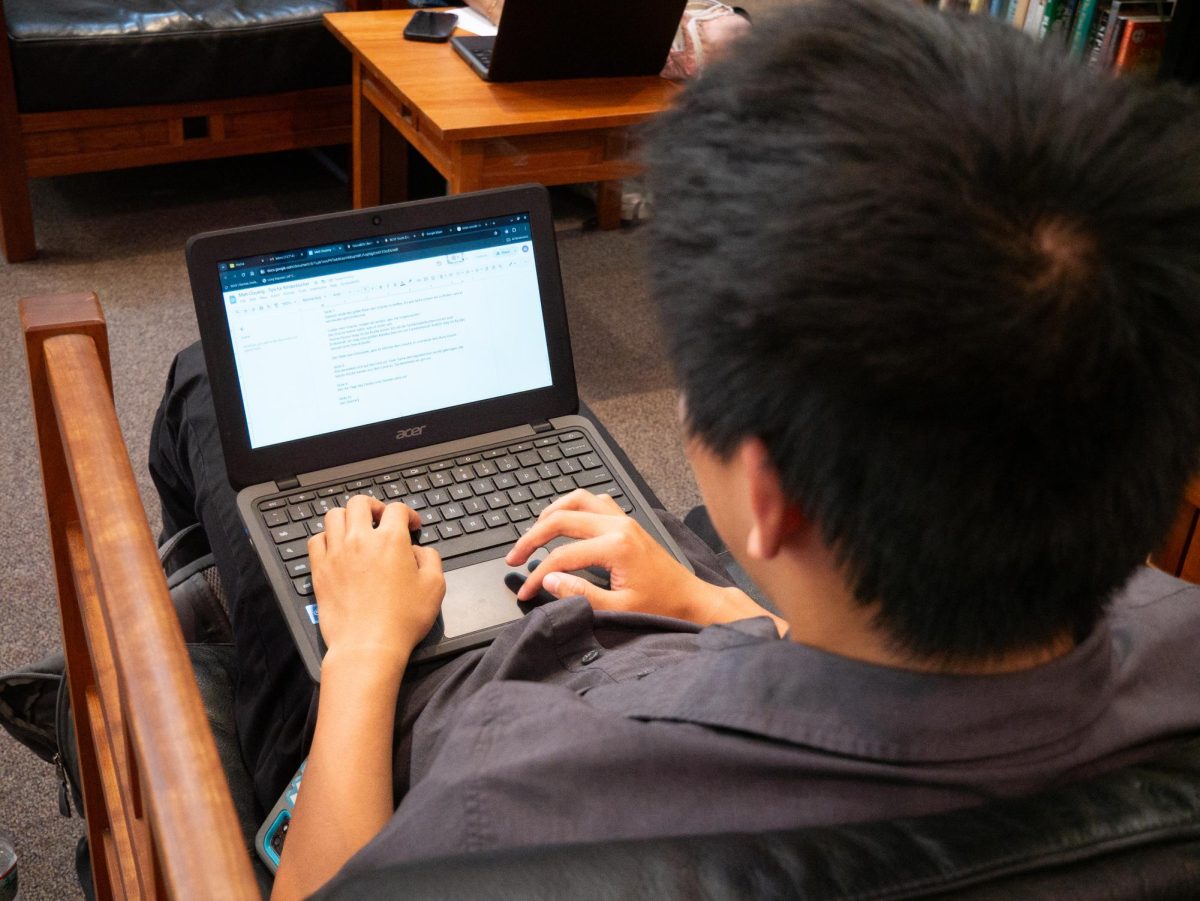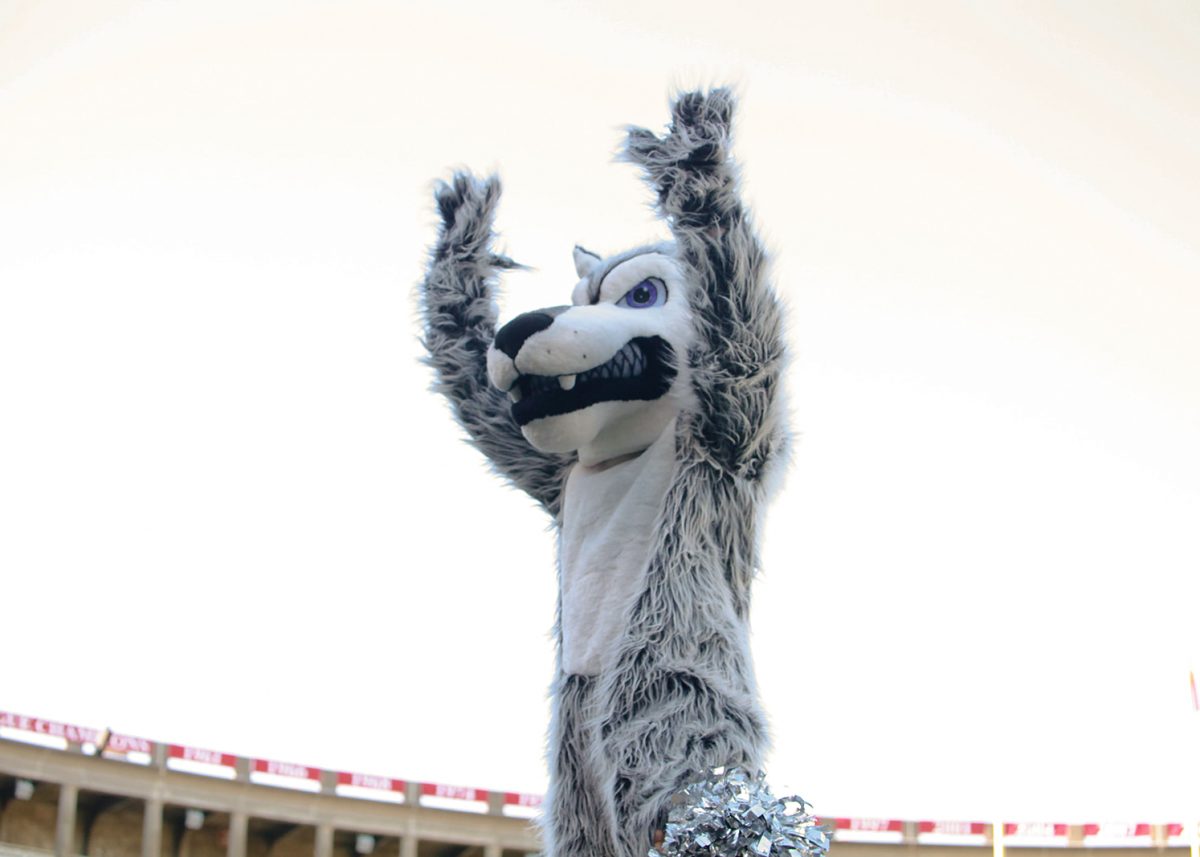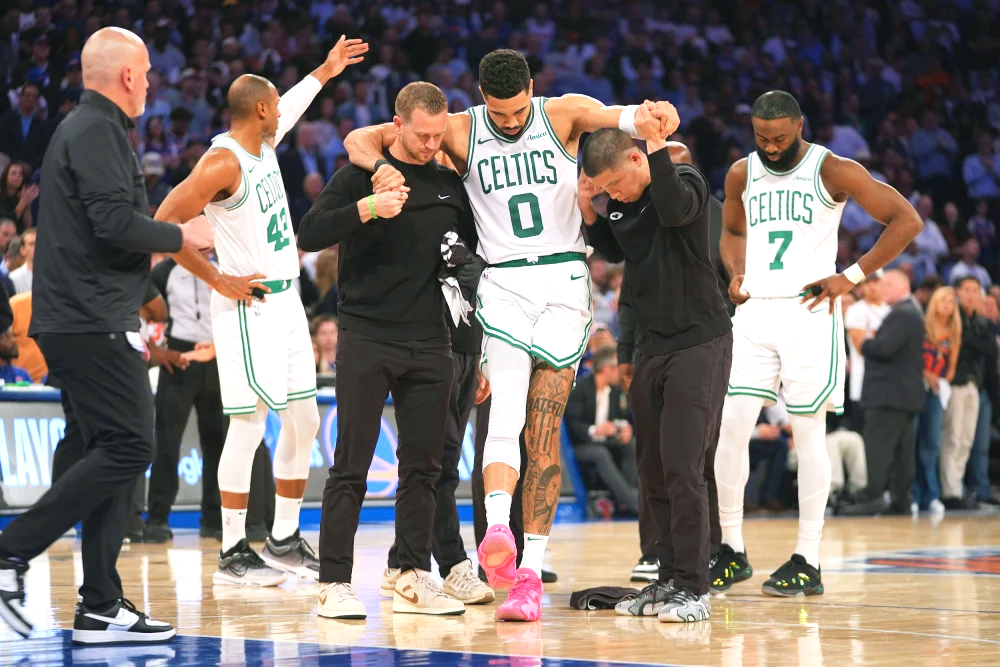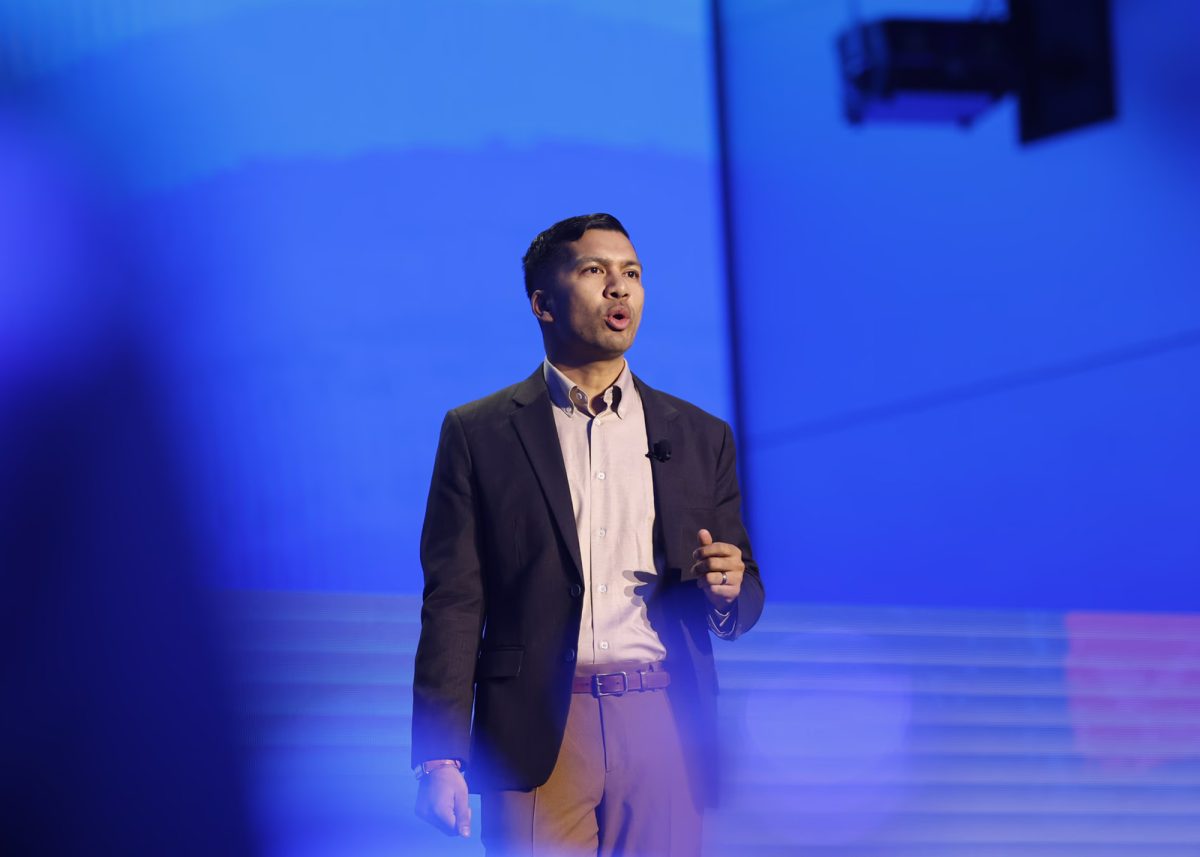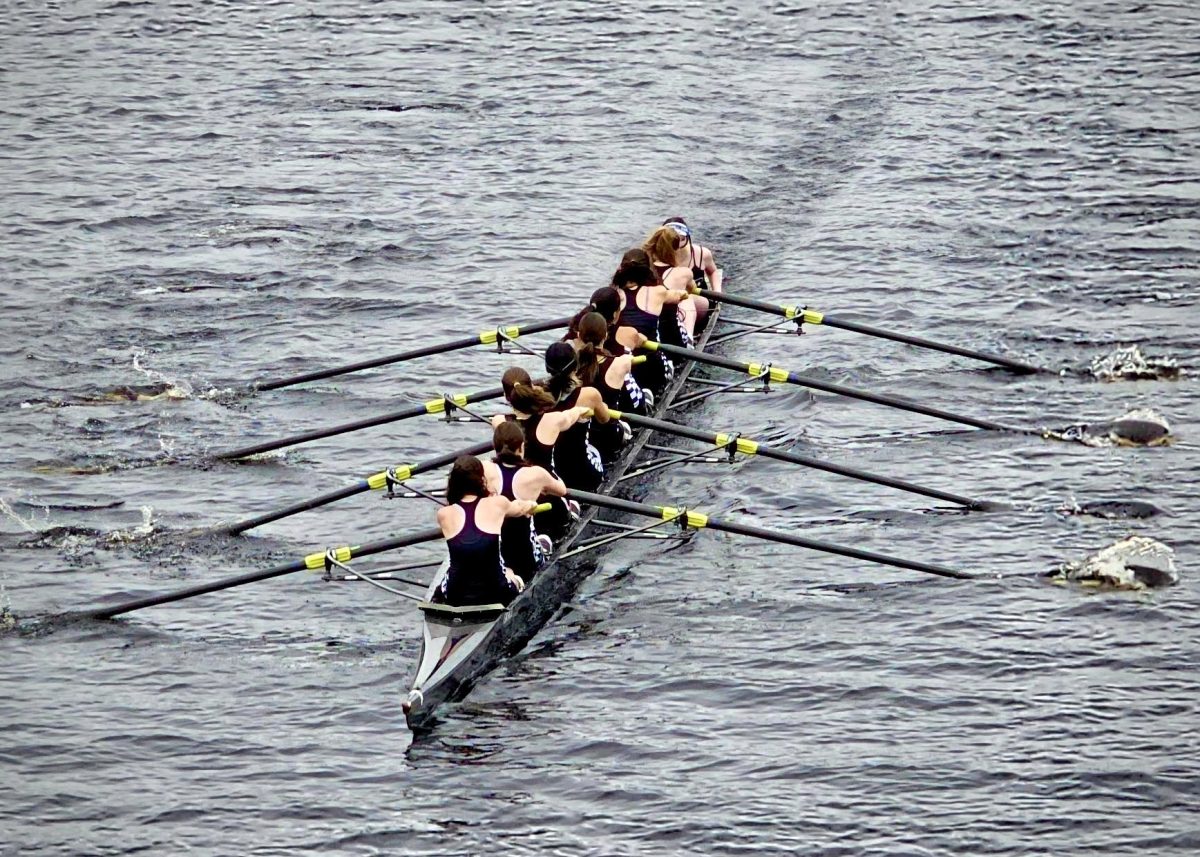Struggling to find the right balance between sports and academics is something that almost all Boston Latin School student-athletes struggle with. BLS is synonymous with a heavy workload and rigorous academic curriculum, which often doesn’t leave much time for an emphasis on sports.
Most BLS sports compete in the Massachusetts Interscholastic Athletic Association (MIAA) Division I (D-I) and some, like the boys’ hockey team this year, have even won the state championships. So what makes athletes’ schedules so busy, and how do BLS student-athletes manage to keep up such high levels of performance, both on and off the field?
A primary reason as to why student’s schedules are so busy is the lack of field space. Even though BLS is located near many fields, such as Clemente, Carter and Sweeney Field, BLS athletes are rarely permitted to use them. This creates a struggle regarding transportation and practice space.
For instance, soccer players have been forced to make the trek to West Roxbury High School, often without a bus. This is an experience shared by baseball players, who use the same home field. The hockey team plays and practices in South Boston, and the tennis team doesn’t even have designated home courts.
It is important to note that BLS’s suburban competitors in the Dual County League are all able to practice and play on fields at school and thus save valuable time.
Alex Greene Barrios (I) has been a four-year varsity athlete on both the wrestling and soccer teams. He claims that, “The BLS workload is not designed to accommodate athletics.”
When considering the amount of time sports and athletics take up, it is no surprise some athletes struggle to make time for schoolwork. Multi-sport varsity athlete Benjamin Davison (II) reflects on his time playing varsity sports and the impact commuting has had on his student-athlete experience, “Transportation is a big factor, where due to our lack of home fields and practice resources on school campus, we have to commute much further than other schools […] Practices are usually two hours longer or an hour longer just because of commuting times, which cuts into time to do homework.”
The School’s student-athletes often find ways to get around these extreme scenarios. Students often suggest taking free time in school, such as studies or W block to do work.
The busy schedule, however, does not curb student-athletes’ love for sports. Greene Barrios will continue his wrestling career at the Division III collegiate level and Max Deane (I) will continue his track career at Boston College, a D-I powerhouse.
When asked about the stress of the college recruiting process on top of an already busy schedule, Deane notes, “Although my recruitment process started later than the traditional path, I was able to get a lot done during the summer.” Prioritizing sports and academics during the school year and designating outside time to focus on the recruitment process could be a useful strategy for student-athletes.
Greene Barrios adds, “[The college recruiting process is] very involved. Since college sports are so competitive, I really had to market myself and do all the outreach to coaches. Sending in film, transcripts, accolades as well as calling and emailing coaches took up a large part of the early process.” He explains, “[My] process was made significantly easier by having good grades. Many of these coaches ask for your grades before even bothering to see your qualities as an athlete because coaches want reliable athletes who would be accepted into the school and eligible to compete their whole time there.”
Despite the rigorous academic curriculum, being a student-athlete at BLS will have its benefits. Younger student-athletes should make note of the importance in having good grades for college recruitment, since academics are a huge part of college, regardless of an athlete’s ability on the field; academics can be the make-or-break factor.



